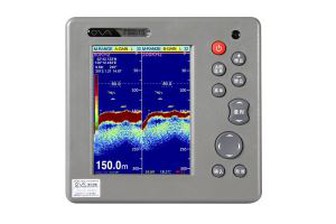Frequency of the fish finder transducers
How Does a Customer Decide What Frequency of the fish finder transducers is Needed?
Fishfinder transducers are important tools for anglers to detect the presence of fish and increase their chances of a successful catch. These transducers use different frequencies to detect different types of fish, allowing anglers to customize their approaches based on their target species.
One common frequency used in fishfinder transducers is 50 kHz. This frequency is ideal for detecting larger fish species, such as salmon, tuna, and marlin. It is also effective for use in deep water, where larger fish often reside.
Another popular frequency is 83 kHz. This frequency is generally better suited for detecting smaller fish species, such as bass, trout, and crappie. It can also work well in shallower water, where smaller fish are more commonly found.
Some fishfinder transducers also have a dual-frequency capability, allowing anglers to use both the 50 kHz and 83 kHz frequencies for maximum coverage. This is especially useful for anglers who fish in a variety of environments and target different types of fish.
In addition to frequency, the design and placement of the transducer can also affect its effectiveness in detecting fish. Anglers should ensure that their transducer is properly installed and positioned, and should also consider factors such as water temperature and clarity when selecting the appropriate frequency.
Overall, fishfinder transducers are a valuable tool for anglers looking to improve their fishing success. By understanding the different frequencies and their target species, anglers can better tailor their approach and increase their chances of a successful catch.







